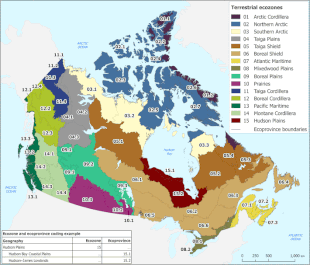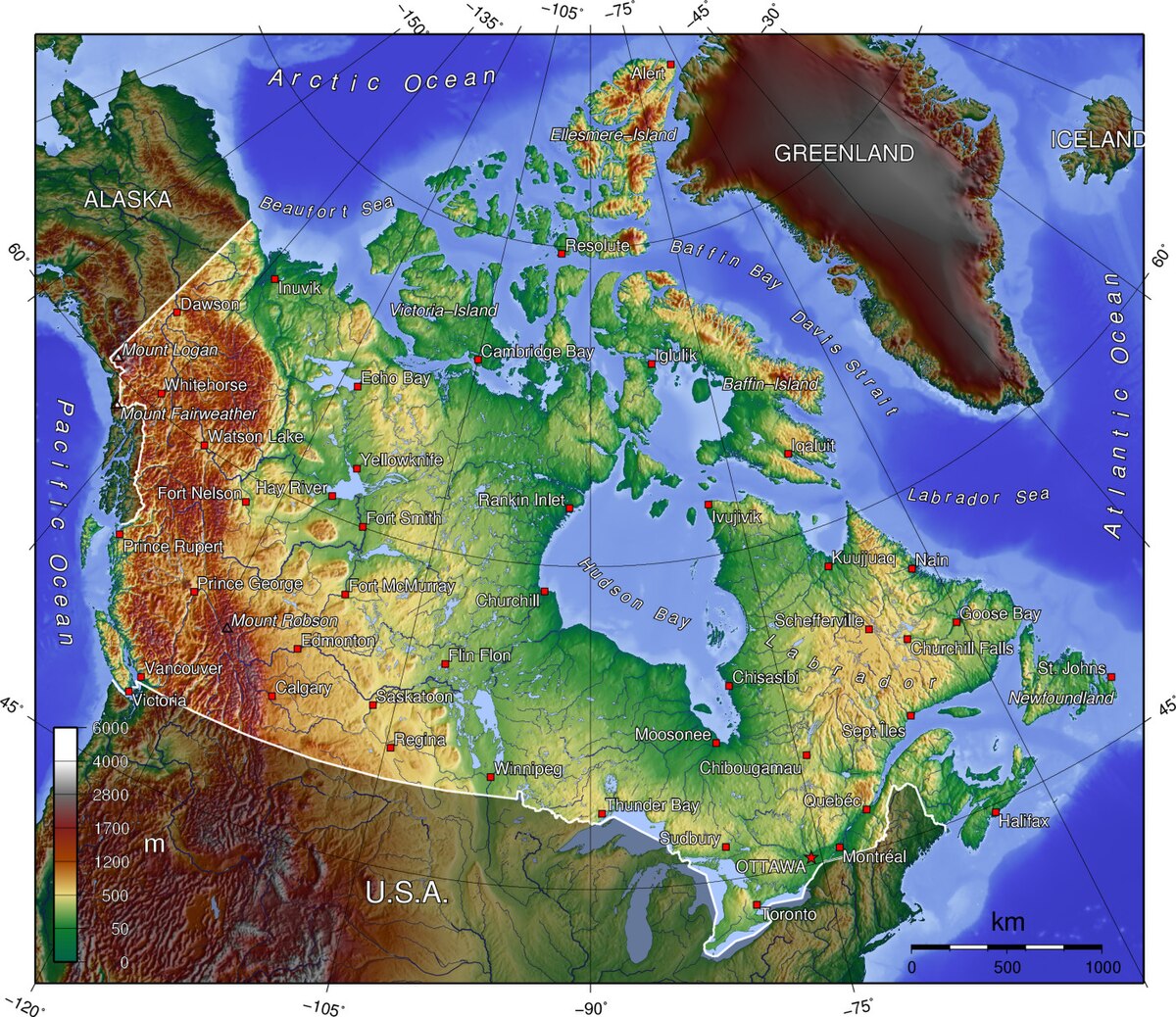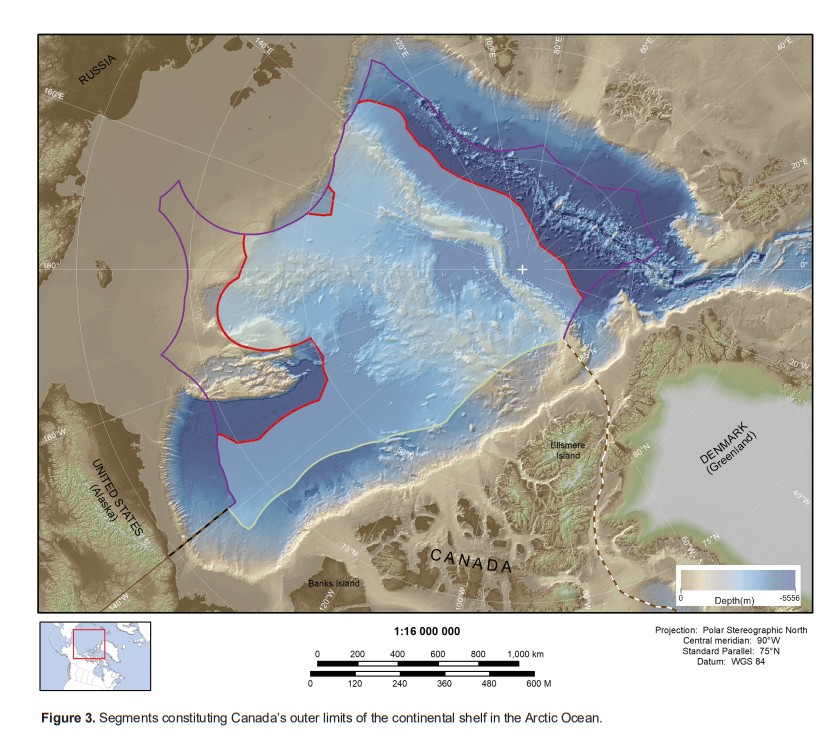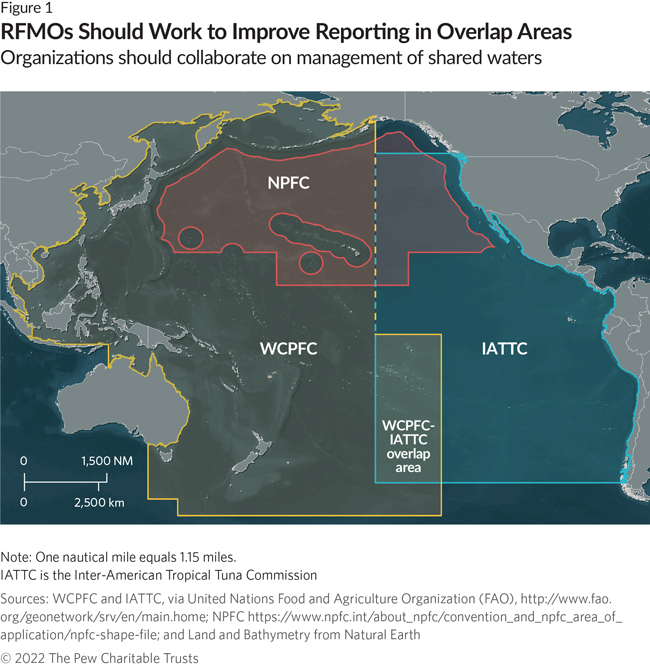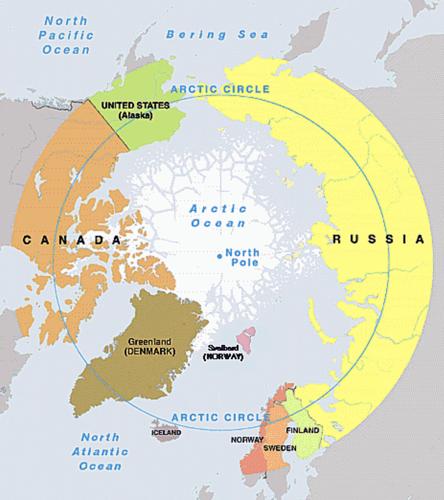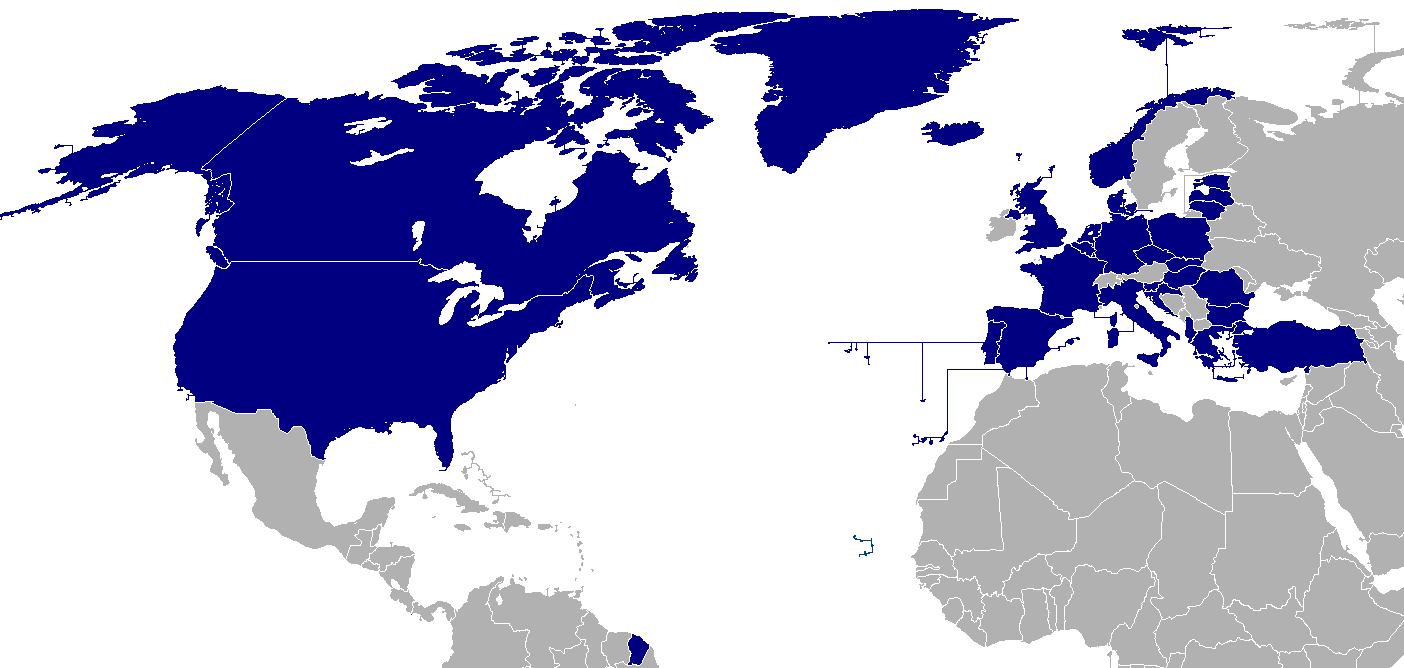ArmyRick
Army.ca Veteran
- Reaction score
- 2,329
- Points
- 1,010
We do a lot of discussions on here on how, why and what are our Armed Forces should be doing/organized/equipped, etc. For me, I will be on here lots. I badly injured my patella this week and I am in a leg cast for 4-6 weeks. So you will hear lots more from me.
These discussions make more sense than Joe Civy commenting on CTV news pieces on "How Canada should get rid of its aircraft carriers..." because we have real world EXPERIENCE here. Combat arms, logistics, navy, fighter jets, rangers (canadian kind not the Hu-ah American), british, US, submarines, the guy who probably does secret comms stuff, etc. We have loads of experience.
So rather than discussing what systems we should have, or how many people or what we should be involved with specifically, lets talk basic defence policy. I want to put forward some questions and thoughts. Think like a Prime Minister or Defence Minister. That actually gives a shit about defence.
1. What do you think our most realistic priorities should be for the Armed Forces (No more than 4 if possible)?
2. Should Canada get involved in international Affairs or strictly go neutral? If yes, stay in NATO? UN? Coalitions?
3. What percentage of the GDP do you think we should be at? And how do you sell it to the Canadian public?
4. Do we encourage a stronger and more robust home defence industry? If so, how?
5. Do we consider conscription for home defence only? I know wild car.
6. Do we keep the primary reserves? If so, how do we fix it or improve it?
7. List the biggest threats to Canada you see NOW
If you only want to tackle a part of this problem, list the questions you want answered.
I'll go first
1. The Monitoring and Defence of Canada land, sea and air space from foreign threats and non-state actors, Assistance to the civilian authorities upon request and approved by parliament, assist key allies and NATO upon request
2. Yes, however very limited. NATO yes and only coalition with strongest allies. I would like to see NORAD grow to include US/Can air bases and radar stations here in Canada.
3. Start with 2% and graduate up to 3%. Lets expand the Armed Forces and sell it to the public as more career opportunities for future generations with pay and benefits. Lets implement a GI bill style post secondary training/school support.
4. Not sure. I think it seriously is wiser to sign an agreement and piggyback directly off US orders for lots of their kit. Possibly for higher tech stuff, combine shools and training.
5. Not at this time.
6. Yes, but I feel we should limit how much training they require, boost their numbers and truly focus on home defence first and plug into reg f units second.
7. Biggest threats I see are China has been waging a war on the entire west for at least 20 or more years, we don't recognize it because we only think war is troops shooting, aircraft bombing, Navy launching missiles, etc. China has been on an economic, cultural and social war for some time IMO. Russia is still a threat but has lost considerable might due to losses in Ukraine. Pretty much most of the Fanatical Islamic world probably doesn't have much love for us. I also see large foreign corporations as a threat but not in a military manner.
Thoughts?
These discussions make more sense than Joe Civy commenting on CTV news pieces on "How Canada should get rid of its aircraft carriers..." because we have real world EXPERIENCE here. Combat arms, logistics, navy, fighter jets, rangers (canadian kind not the Hu-ah American), british, US, submarines, the guy who probably does secret comms stuff, etc. We have loads of experience.
So rather than discussing what systems we should have, or how many people or what we should be involved with specifically, lets talk basic defence policy. I want to put forward some questions and thoughts. Think like a Prime Minister or Defence Minister. That actually gives a shit about defence.
1. What do you think our most realistic priorities should be for the Armed Forces (No more than 4 if possible)?
2. Should Canada get involved in international Affairs or strictly go neutral? If yes, stay in NATO? UN? Coalitions?
3. What percentage of the GDP do you think we should be at? And how do you sell it to the Canadian public?
4. Do we encourage a stronger and more robust home defence industry? If so, how?
5. Do we consider conscription for home defence only? I know wild car.
6. Do we keep the primary reserves? If so, how do we fix it or improve it?
7. List the biggest threats to Canada you see NOW
If you only want to tackle a part of this problem, list the questions you want answered.
I'll go first
1. The Monitoring and Defence of Canada land, sea and air space from foreign threats and non-state actors, Assistance to the civilian authorities upon request and approved by parliament, assist key allies and NATO upon request
2. Yes, however very limited. NATO yes and only coalition with strongest allies. I would like to see NORAD grow to include US/Can air bases and radar stations here in Canada.
3. Start with 2% and graduate up to 3%. Lets expand the Armed Forces and sell it to the public as more career opportunities for future generations with pay and benefits. Lets implement a GI bill style post secondary training/school support.
4. Not sure. I think it seriously is wiser to sign an agreement and piggyback directly off US orders for lots of their kit. Possibly for higher tech stuff, combine shools and training.
5. Not at this time.
6. Yes, but I feel we should limit how much training they require, boost their numbers and truly focus on home defence first and plug into reg f units second.
7. Biggest threats I see are China has been waging a war on the entire west for at least 20 or more years, we don't recognize it because we only think war is troops shooting, aircraft bombing, Navy launching missiles, etc. China has been on an economic, cultural and social war for some time IMO. Russia is still a threat but has lost considerable might due to losses in Ukraine. Pretty much most of the Fanatical Islamic world probably doesn't have much love for us. I also see large foreign corporations as a threat but not in a military manner.
Thoughts?


